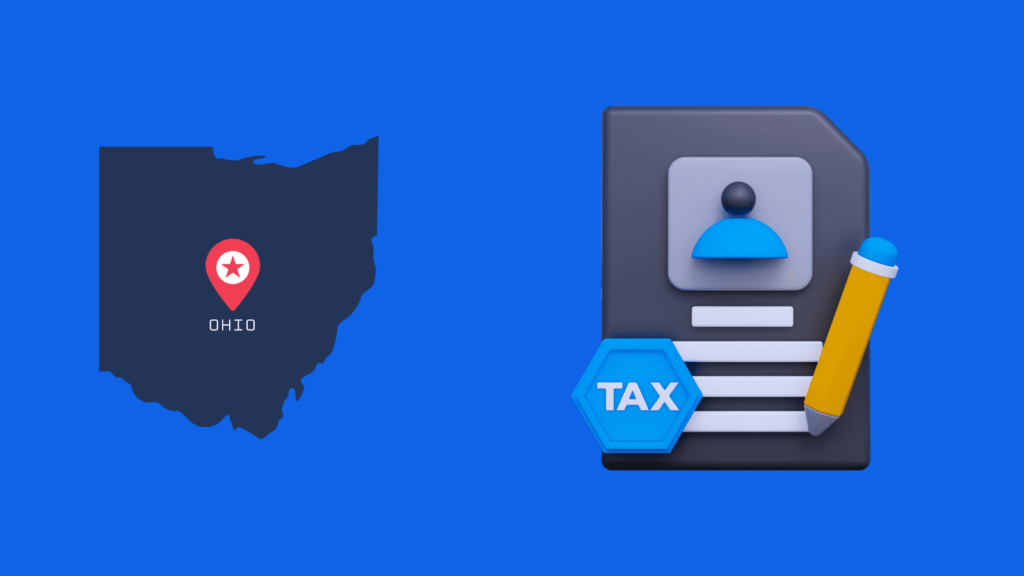2022 Pennsylvania Income Tax: A Guide for Business Owners
January 2, 2023

peakreliance
Accounting, Bookkeeping, Taxes
If you live in Pennsylvania, you should be aware that the state has an income tax system that you’ll need to account for. Pennsylvania income tax can be confusing, but understanding its rules and regulations can help you maximize your returns and minimize your headache come tax season. With that in mind, here’s what you need to know about Pennsylvania income tax for 2022.
Overview of Pennsylvania income tax
If you live in Pennsylvania, you’ll need to file state income tax each year. The amount you pay will depend on how much you make and the type of income you receive. Pennsylvania’s income tax system is progressive, which means you’ll pay a higher rate on higher levels of earnings. The state’s income tax system is also opposite to federal tax rules in one key way: Pennsylvania taxes your earned income (salary, tips, etc.), but not your investment income (interest, dividends, etc.). The state income tax filing deadline is the same as the federal filing deadline: April 15th. You’ll need to report all your income to properly file your taxes, but Pennsylvania provides several deductions and credits you can use to reduce the amount you owe.
Pennsylvania income tax rates
Pennsylvania’s income tax rates change each year, so you’ll need to check the current rates before filing your taxes. The state’s tax rates for the 2022 tax year are as follows:
- 3.07% on income between $0-$9,200
- 3.07% on income between $9,201-$19,400
- 3.07% on income between $19,401-$31,700
- 3.07% on income between $31,701-$51,800
- 3.07% on income between $51,801-$72,100
- 3.07% on income between $72,101-$124,300
- 3.07% on income between $124,301-$250,000
- 3.07% on income over $250,000
Pennsylvania income tax deductions
Pennsylvania residents can deduct certain expenses from their taxes to reduce their overall bill. You can only deduct expenses that you incur during the normal course of your daily life, not expenses related to a special event or something out of the ordinary.
Some common deductions include:
- Medical expenses
- Interest paid on a mortgage
- Contributions to certain organizations
- Property taxes
- State income tax (if you itemize)
- Certain work-related expenses
Some Pennsylvania taxpayers can claim a state income tax deduction for the amount they pay for long-term care insurance. This deduction is only available to people age 65 and older, and it can reduce your tax bill significantly if you have significant health care expenses. If you’re paying for long-term care, be sure to check whether you qualify for this deduction.
Pennsylvania income tax credits
In addition to deductions, Pennsylvania also offers income tax credits to help you reduce your tax bill. Credits are different from deductions in that they directly reduce the amount of taxes you owe. Pennsylvania offers several credits that you can use to reduce your taxes, including:
- The earned income tax credit (EITC)
- The dependent care credit
- The child and dependent care credit
- The senior citizen homeowners’ property tax relief credit
- The disabled veterans’ property tax relief credit If you qualify for any of those credits, you can use them to reduce your income tax bill by a significant amount.
Pennsylvania income tax filing deadlines
Pennsylvania’s income tax filing deadline is April 15th, the same as for federal taxes. That means you’ll have to file your taxes by the end of the day on April 15th every year. You’ll need to report all your income to properly file your taxes, but Pennsylvania provides several deductions and credits you can use to reduce the amount you owe. Depending on how much you earn and how many deductions and credits you can use, the filing process could take some time. If you’re unsure where to start, you can use an online tax filing service to help simplify the process.
Pennsylvania income tax calculators
If you want to know how much you’ll owe in taxes this year, you’ll need to calculate how much you’ve earned and how much you’ve spent. However, calculating your taxes by hand can be complicated and confusing, especially if you have a complicated tax situation. Fortunately, there are several online tax calculators designed to help you navigate the process. You can use these tools to estimate your total annual earnings, deductions, and taxes. Depending on the website you use, you can even plug in information about your dependents to calculate their tax credits and deductions as well.
Pennsylvania income tax forms
When you file your taxes, you’ll need to attach several documents to your return. Each of these documents serves a different purpose, and many of them have specific instructions on how to fill them out.
Some of the most common forms you’ll need to file with your taxes include:
- W-2
- Federal income tax form
- 1040
- 1040A
- 1040EZ
- Schedule C
- Schedule D
- Schedule E
- Schedule A
- Pennsylvania state income tax form
- Pennsylvania income tax form
If you use an online tax service to file your taxes, the website should walk you through the process of filling out each form and attaching it to your return.
Pennsylvania income tax payment options
When you file your taxes, you’ll owe the amount shown on your final return. However, you can choose to pay your taxes in installments. If you have a large bill, paying in installments can help reduce the stress of one hefty payment. You can make an installment payment when you file your taxes, or you can request a payment plan from the state. If you request a payment plan, you’ll have to pay a fee, but you’ll also have more time to pay off your bill. Depending on your financial situation, an installment payment could lower your credit score.
Pennsylvania income tax scams
Unfortunately, there are scammers out there who want to take advantage of you at tax time.
Be on the lookout for these common income tax scams:
- Phishing emails: Tax scammers can send you emails that look like they’re from the IRS. These emails are often very convincing, but they’re not real. If you get an e-mail from the IRS, call the official number on their website to make sure it’s real.
- Tax preparer fraud: Some unscrupulous tax preparers misrepresent their services and charge unjustified fees. You can protect yourself by choosing a reputable tax preparer and keeping an eye out for signs of fraud.
- Fake charities: During tax season, scammers often set up fake charities designed to appeal to potential donors. If you want to donate to your favorite charity, research them to make sure they’re legitimate.
Pennsylvania income tax resources
In addition to this article, you can find more Pennsylvania income tax information online. The state Department of Revenue offers an overview of the state income tax system and a complete list of forms and publications related to state taxes. The IRS also offers an overview of federal tax rules, as well as links to federal tax forms and publications.
Need help with your corporate income taxes in Pennsylvania? Contact us at +1 (718) 218-5558 or [email protected] to learn more about our services and get expert assistance with your tax obligations.
Post Tags :
Corporate income tax, Pennsylvania
About Us
Empowering small businesses and individuals with efficient and reliable bookkeeping & tax services.



















